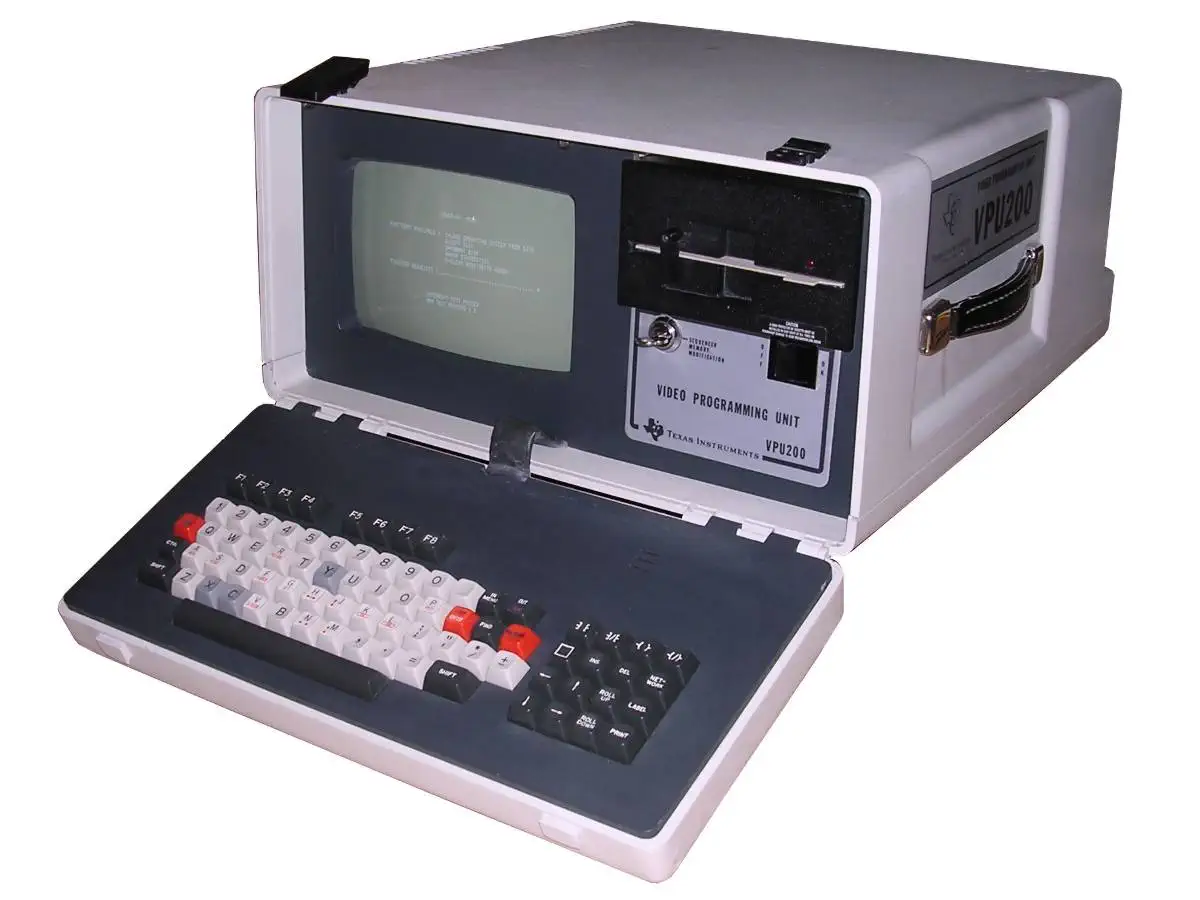Texas Instruments Video Programming Unit
The TI VPU200 was a Video Programming Unit. It is an industrial computer used to program PLC control units with ladder logic programs. The system had a floppy drive, display, power supply and keyboard built in. The CPU is Texas Instruments own TMS9900 16 bit microprocessor, the same used in the TI-99/4A series. The VPU200 has 128K of main RAM and 128K of additional RAM for a total of 256KByte.
The system had no display processor, but used recirculating shift registers to display the characterset, which is similar to the first Apple computer. Not very sophisticated, but it allowed Texas Instruments to use off the shelf components that were very reliable, a must for an industrial computer.
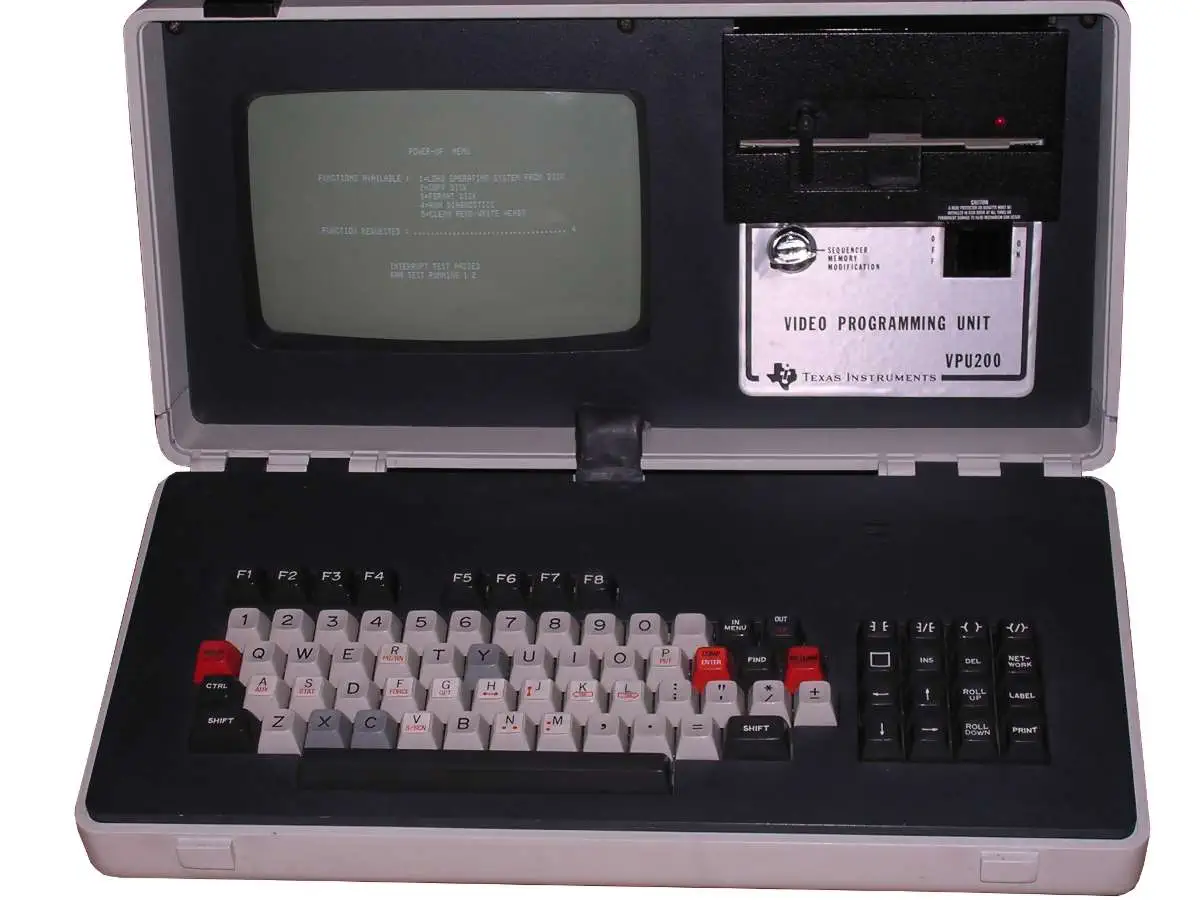

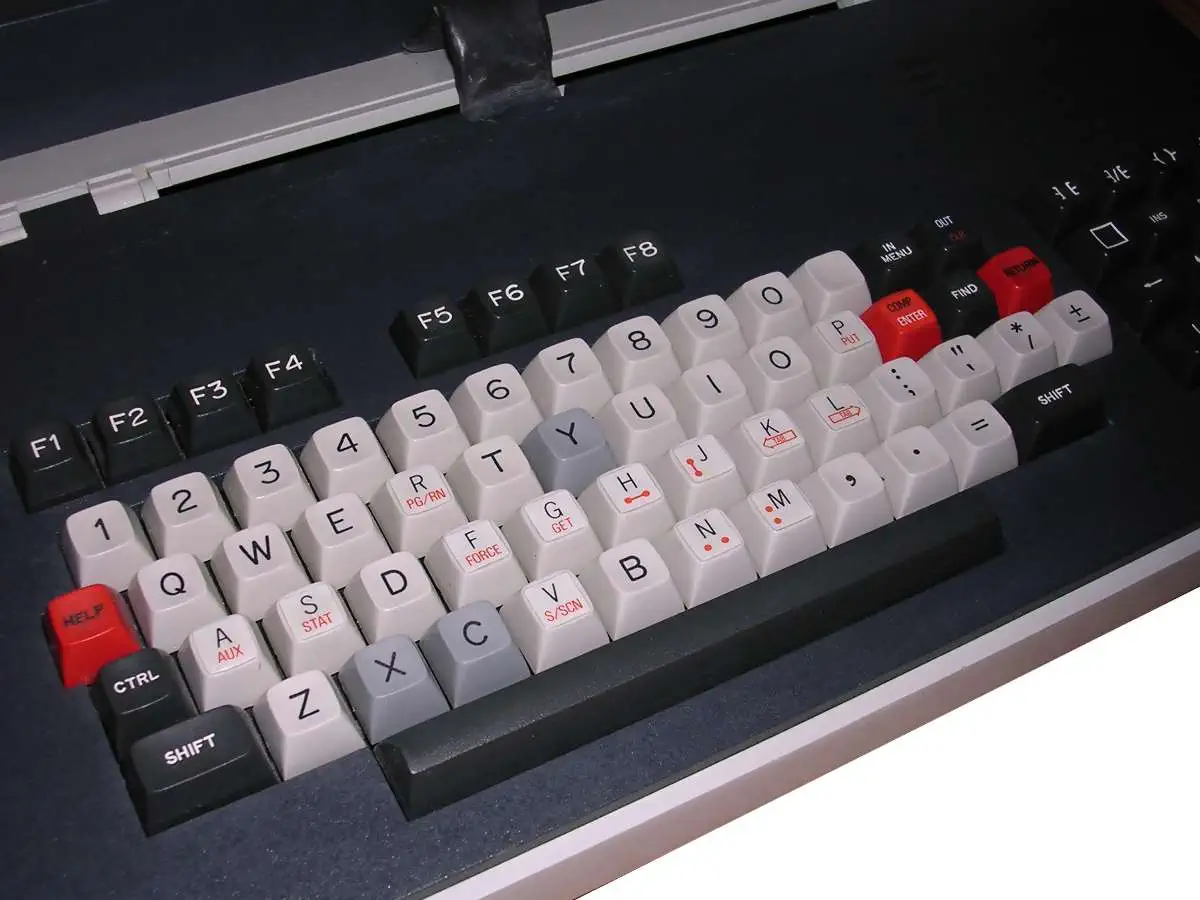
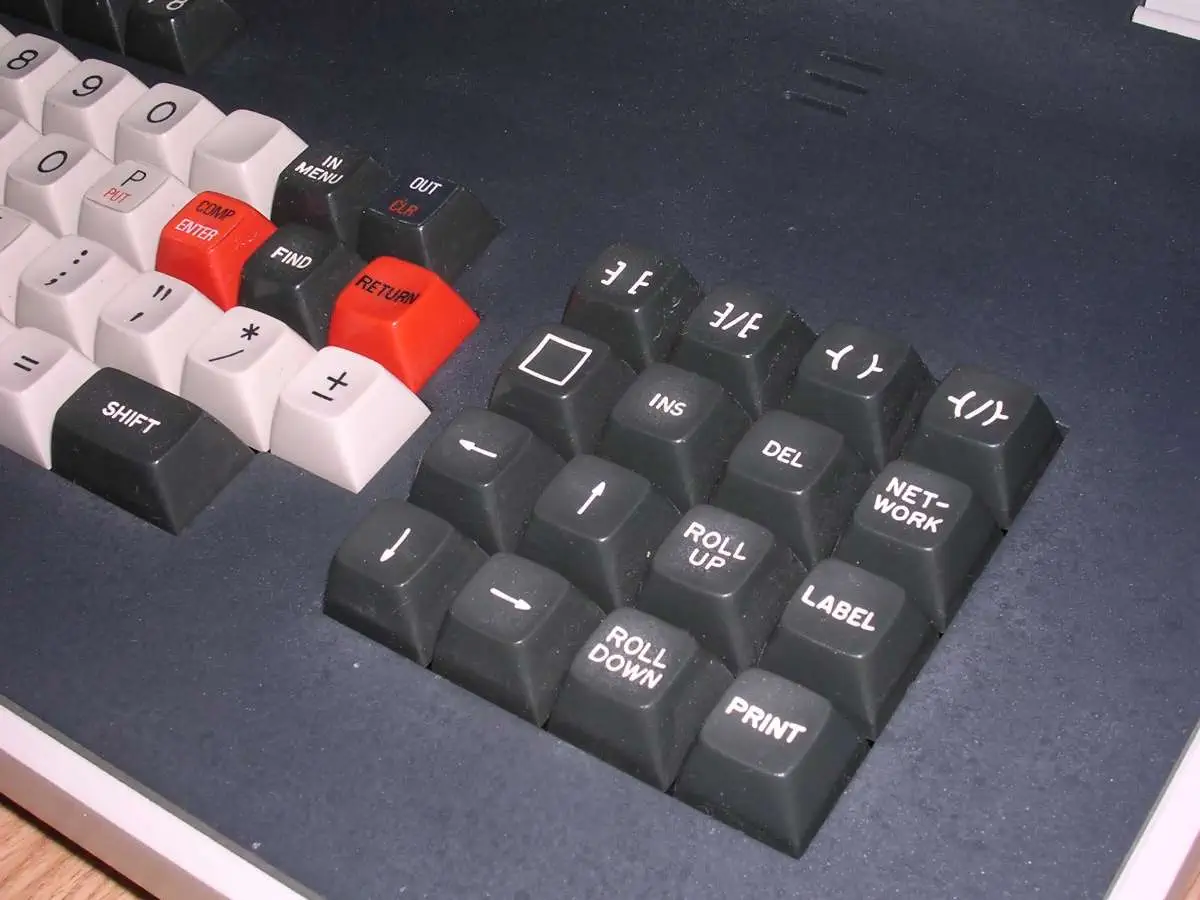

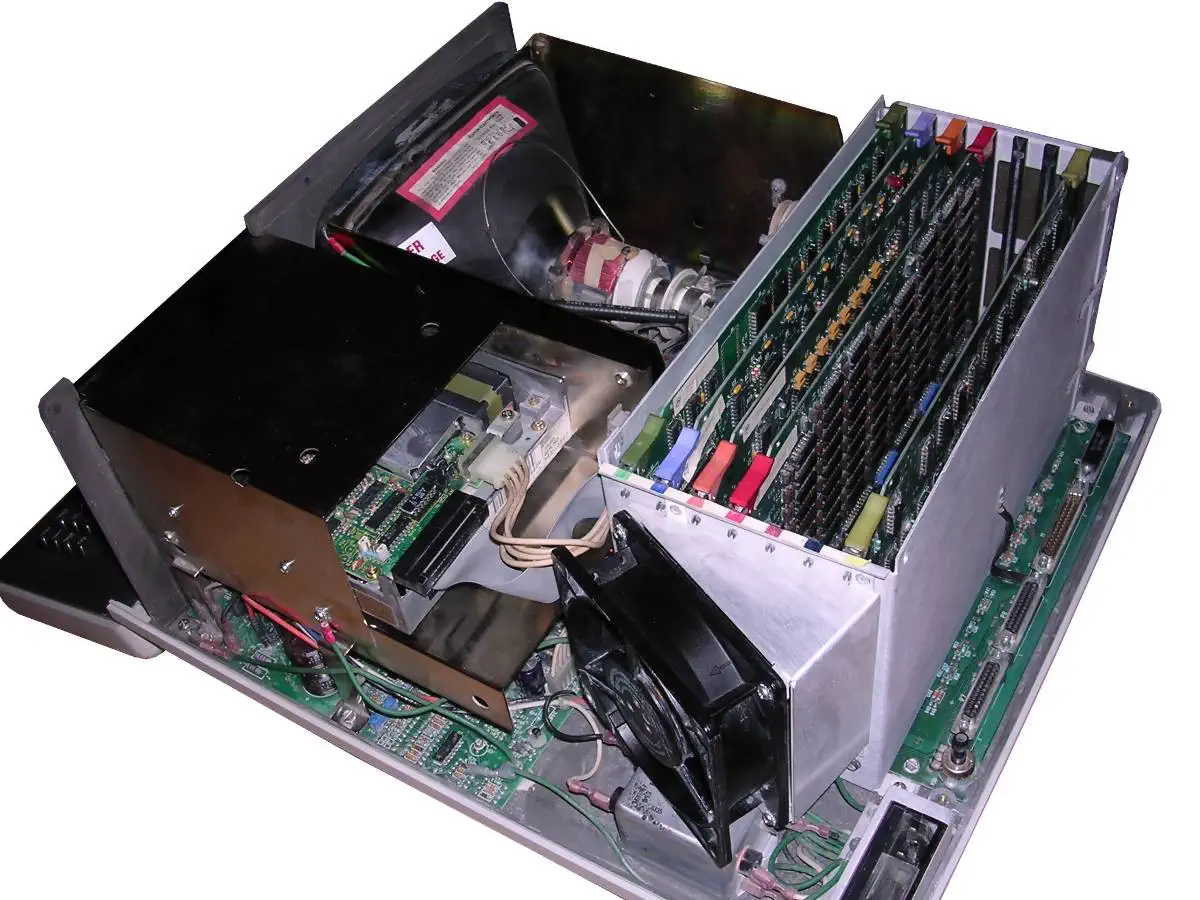
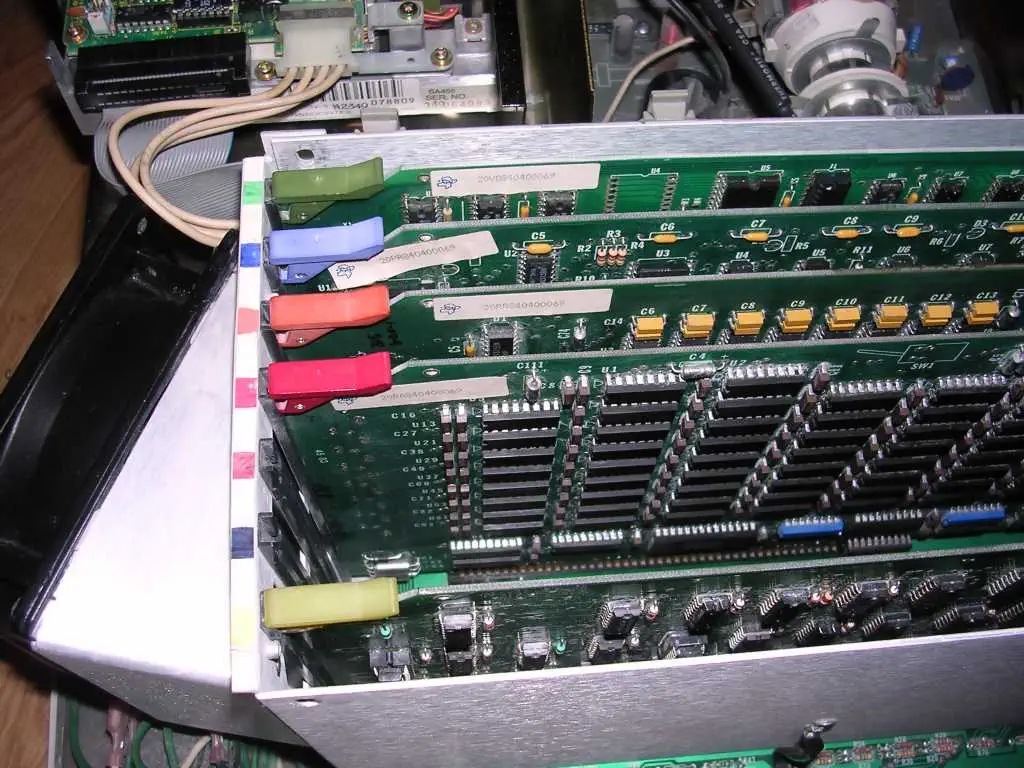
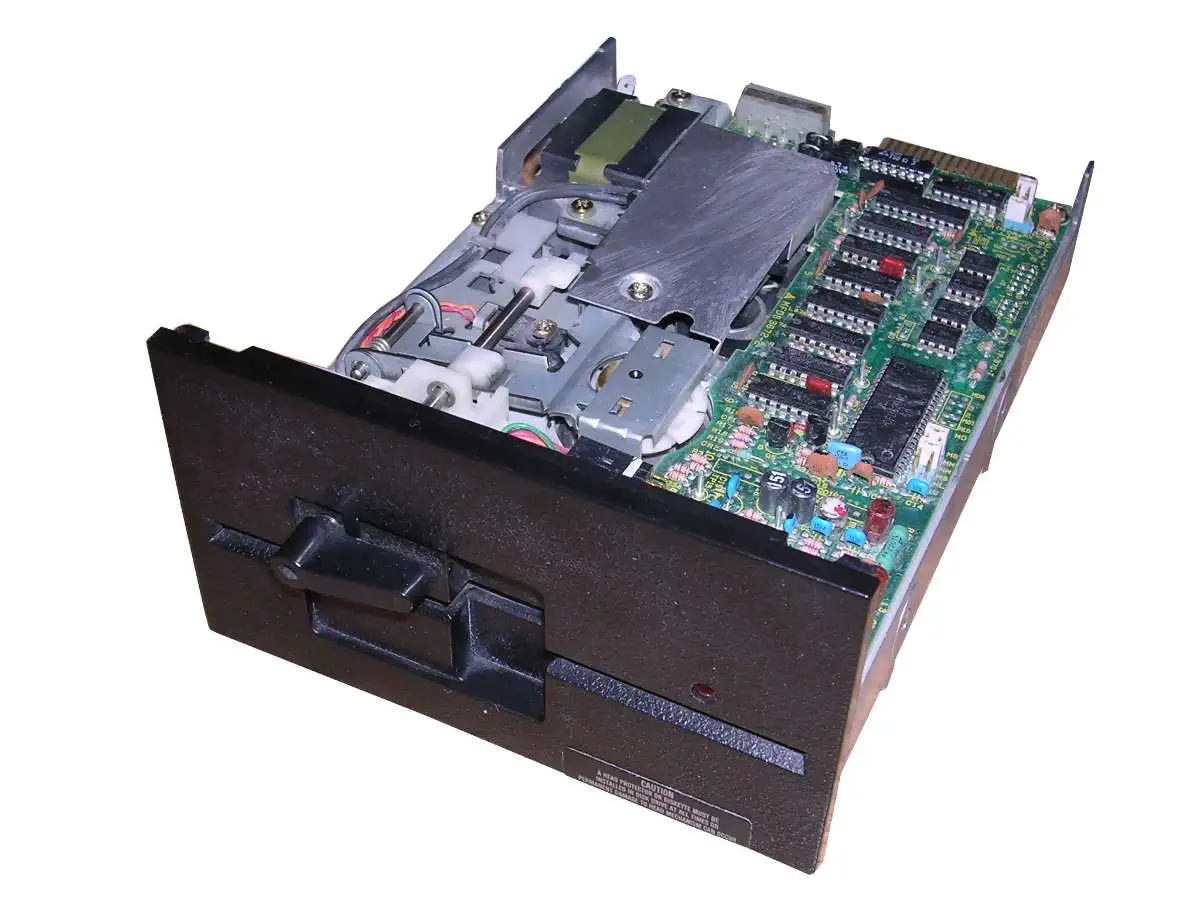
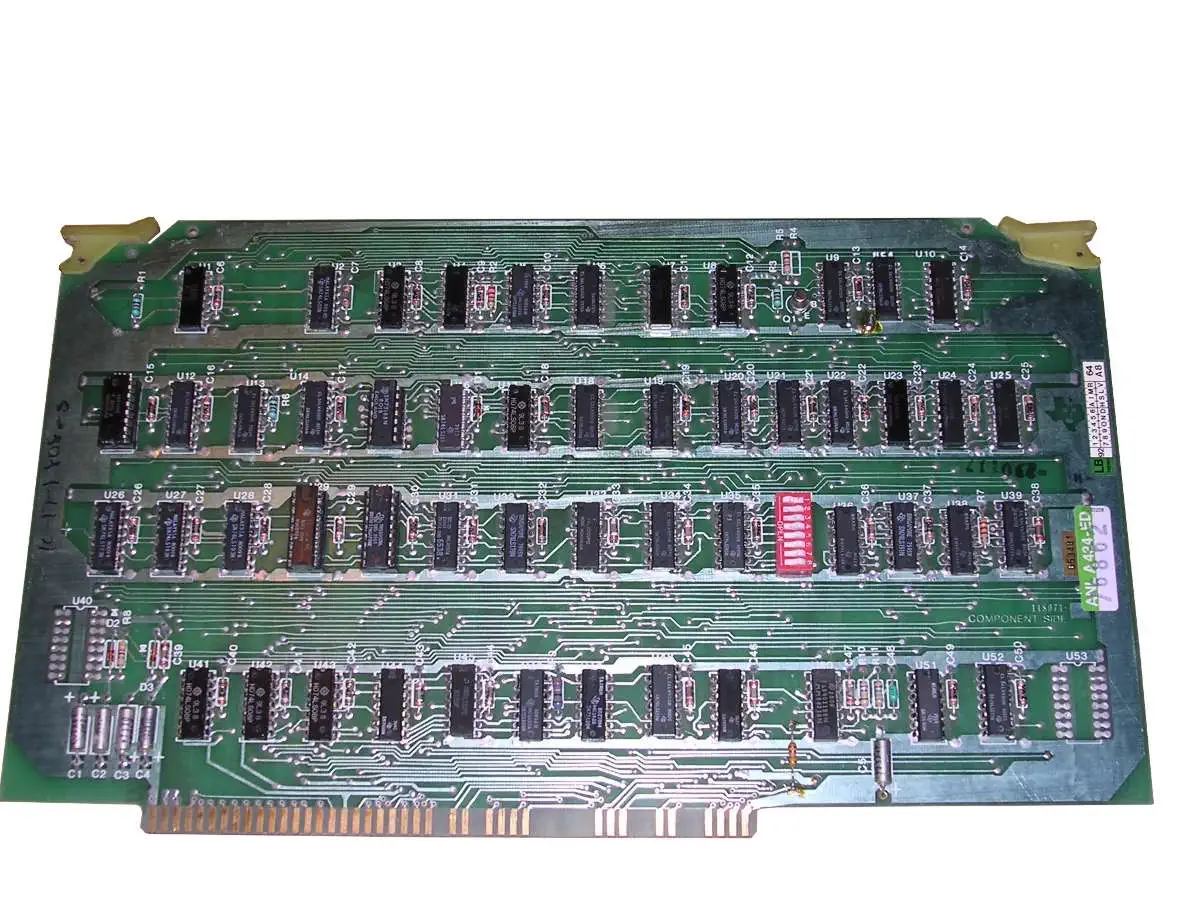
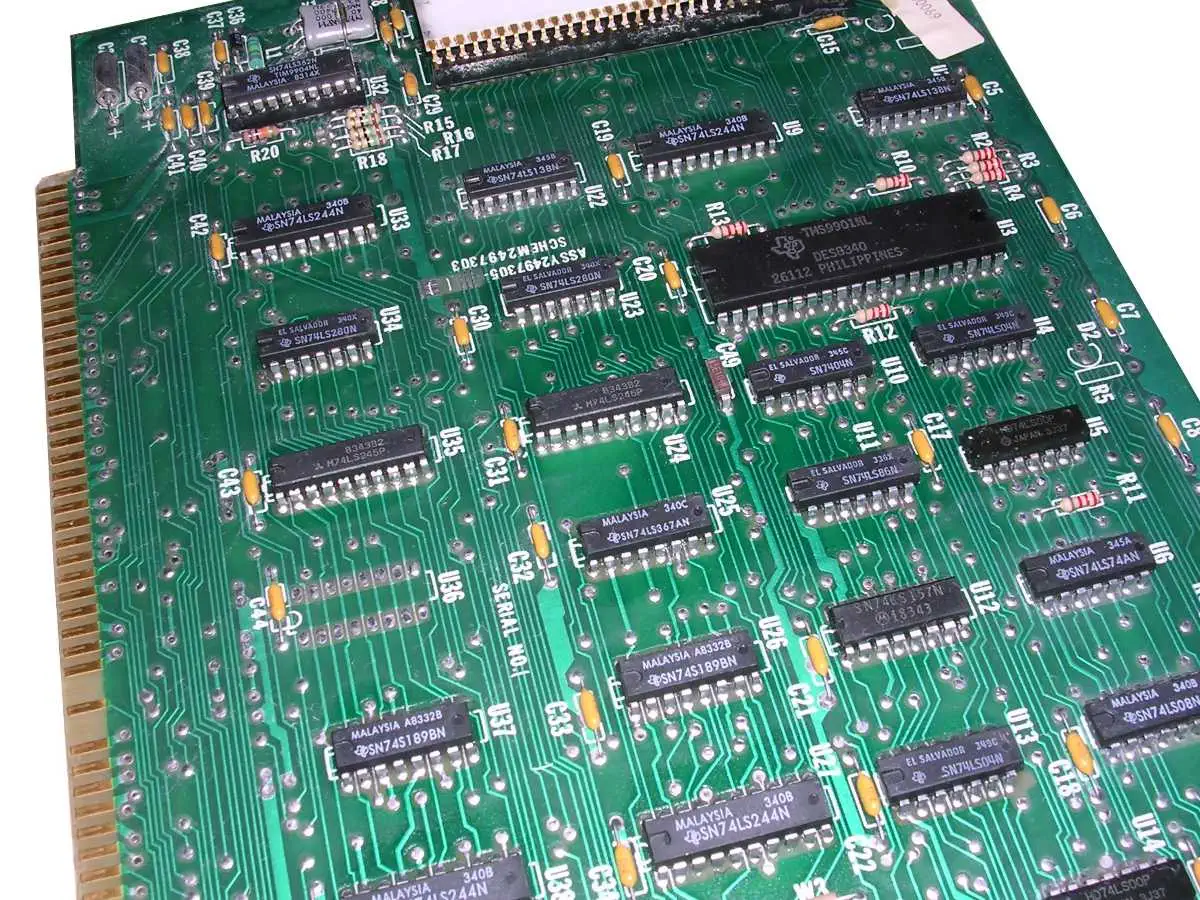
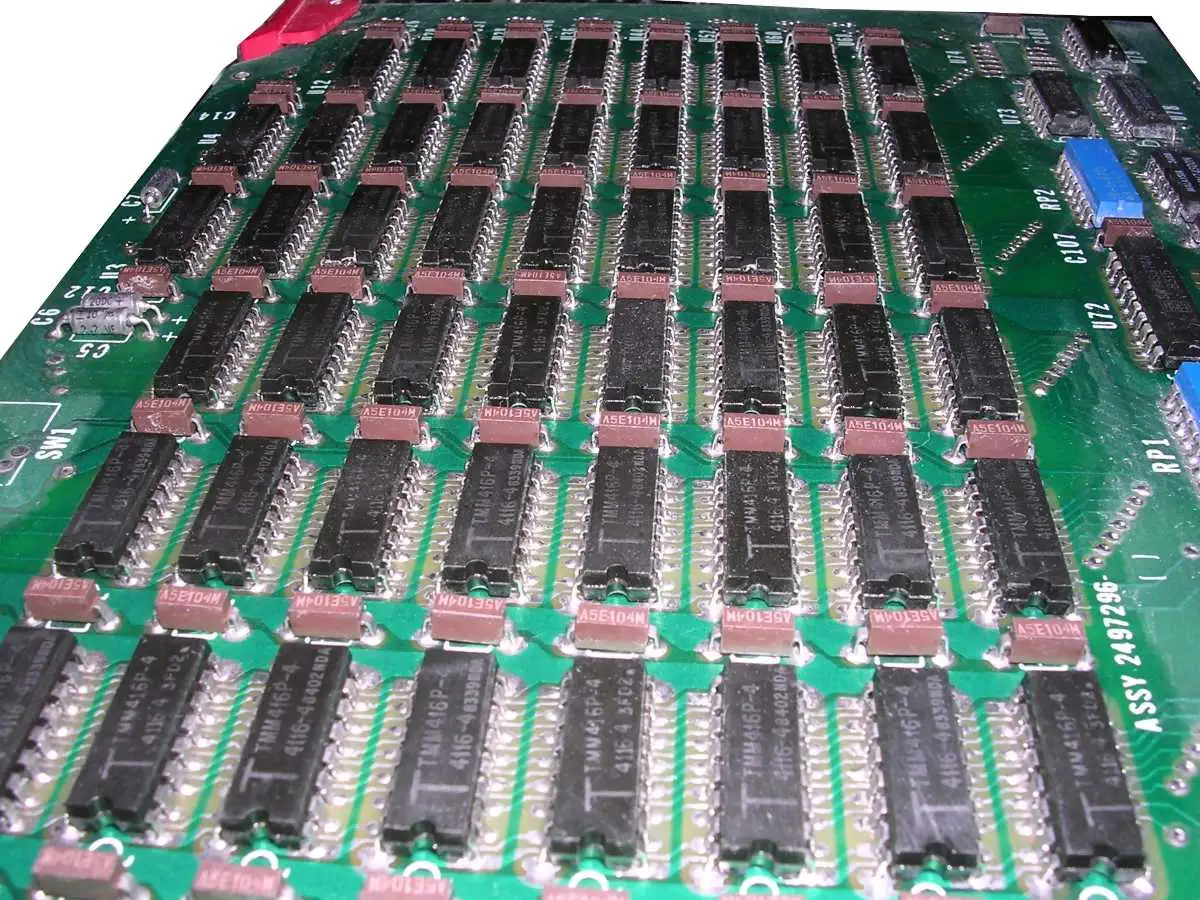
CPU View - Texas Instruments TMS9900 16-bit
The TMS9900 CPU, developed by Texas Instruments in 1976, is known for being one of the first 16-bit microprocessors available on the market, marking a significant leap forward from the 8-bit processors that were standard at the time. It was originally designed to power Texas Instruments’ own line of minicomputers, but it later found its way into other applications, most notably the TI-99/4A home computer, which was one of the first consumer-grade computers to feature a 16-bit processor.
Some key technical aspects and unique features of the TMS9900:
Architecture
The TMS9900 was based on the TI 990 minicomputer architecture and is fully 16-bit, including a 16-bit data bus and a 16-bit address bus, which allowed it to address up to 64 KB of memory. Its architecture is distinctive because it lacks an internal register set; instead, it relies on external memory-mapped registers, which means the processor operates directly on memory-resident data. This design provided some flexibility but also added overhead, as it depended heavily on memory speed and availability.General Purpose Registers
The TMS9900 had a unique setup where it did not have conventional internal registers. Instead, it used a “workspace†concept, where a block of 16 consecutive memory locations in RAM functioned as general-purpose registers. This workspace could be easily swapped by changing the workspace pointer, which was useful for multitasking and interrupt handling, as it allowed quick context switching by simply switching the pointer to a different set of registers in memory.Performance and Applications
While the TMS9900 was ahead of its time as a 16-bit processor, its reliance on external memory access for registers created bottlenecks. This was one reason why it didn’t see as widespread adoption as other processors of the era. In the TI-99/4A, Texas Instruments paired it with an 8-bit data path to reduce costs, which ultimately limited the TMS9900’s performance and left it underutilized in that system. However, the TMS9900 was also used in some industrial and military applications due to its robust instruction set and multitasking potential, especially before more advanced 16-bit processors like the Intel 8086 became mainstream.
Overall, the TMS9900 is a fascinating processor because it was pioneering in its 16-bit architecture and unique memory-mapped register approach. However, due to cost-cutting limitations and architectural trade-offs, it didn’t reach the widespread usage or influence seen by its contemporaries, but it remains an important milestone in early microprocessor history.
